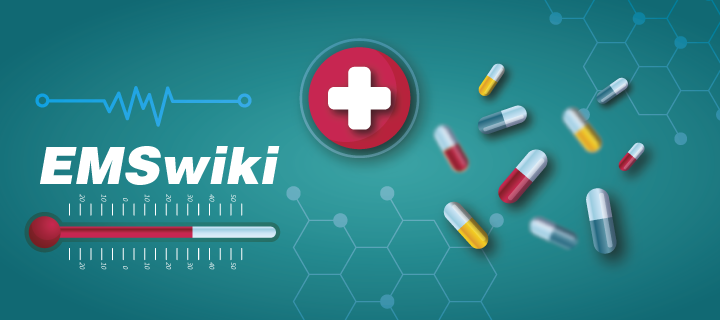
Understanding Fibrocystic breast disease: Symptoms and Treatments
A Guide to Managing a Common but Benign Breast Condition
Fibrocystic breast disease is non-cancerous. However, it is a common condition of the breast that causes nodules and cysts.
This condition typically affects women between the ages of 30 and 50. It does not increase the risk of breast cancer. However, symptoms such as pain and nodules can be bothersome. For this reason, medical care helps manage symptoms and check for any changes.
Symptoms and diagnosis of fibrocystic breast disease
The main symptoms are breast pain and tenderness. Often, this worsens before menstruation. Nodules or masses may also be felt. Nipple discharge may occur as well.
Doctors diagnose the condition through breast exams, mammograms, and ultrasounds. These exams look for benign cysts or nodules compared to suspected lesions. Sometimes, a biopsy checks for the presence of cancerous cells and confirms benign formations.
Causes and risk factors
Hormonal variations, especially those of estrogen, affect breast tissue. This allows for the development of fluid-filled cysts and thickens fibrous tissue.
Fibrocystic breast disease is more common in women of childbearing age. A family history of this or other benign breast conditions increases the risk. Hormone replacement therapy may also contribute.
Tips for managing fibrocystic breast condition
Fibrocystic breast disease is a non-cancerous breast condition that causes nodules, pain, and breast discomfort. Treatment depends on the severity of symptoms. For some women, lifestyle modifications may be helpful. For example, wearing supportive bras and reducing caffeine intake can alleviate pain. Over-the-counter pain relievers like ibuprofen or acetaminophen may also be useful for relieving discomfort. Applying hot or cold packs to the breast can also provide relief.
In more severe cases, doctors may prescribe hormonal therapy. This helps regulate estrogen levels in the body. For women affected by this condition, it is essential to undergo regular medical check-ups. These check-ups monitor any changes in breast tissue and help prevent complications such as breast cancer. During check-ups, healthcare providers examine the breasts for nodules or abnormalities. They may also order imaging tests such as mammograms or ultrasounds.
Sources


